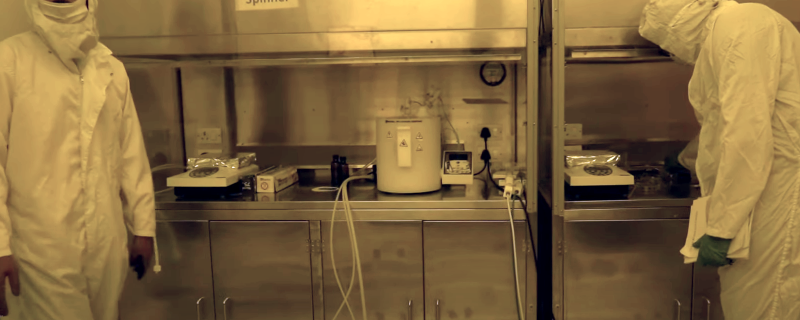Researchers propose a quantum materials based valleytronics device structure that can be implemented using existing technology.
Image: Dolomedes indicus, Adult Female (left) and adult male (right). Credit: Authors https://doi.org/10.1038/s41598-025-26308-2
Wayanad/










